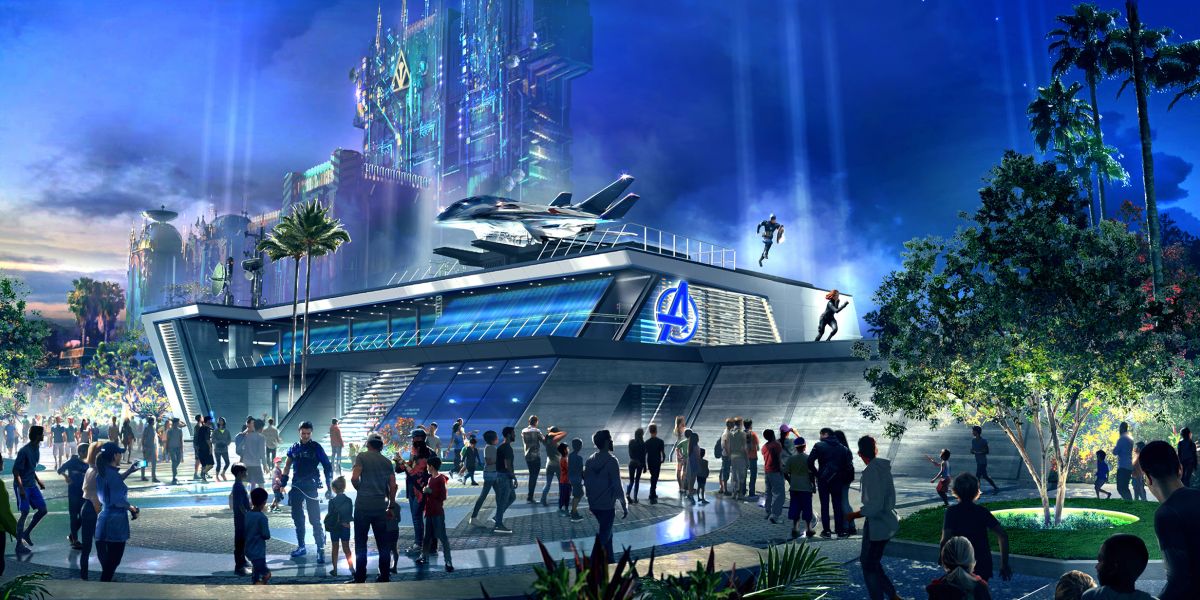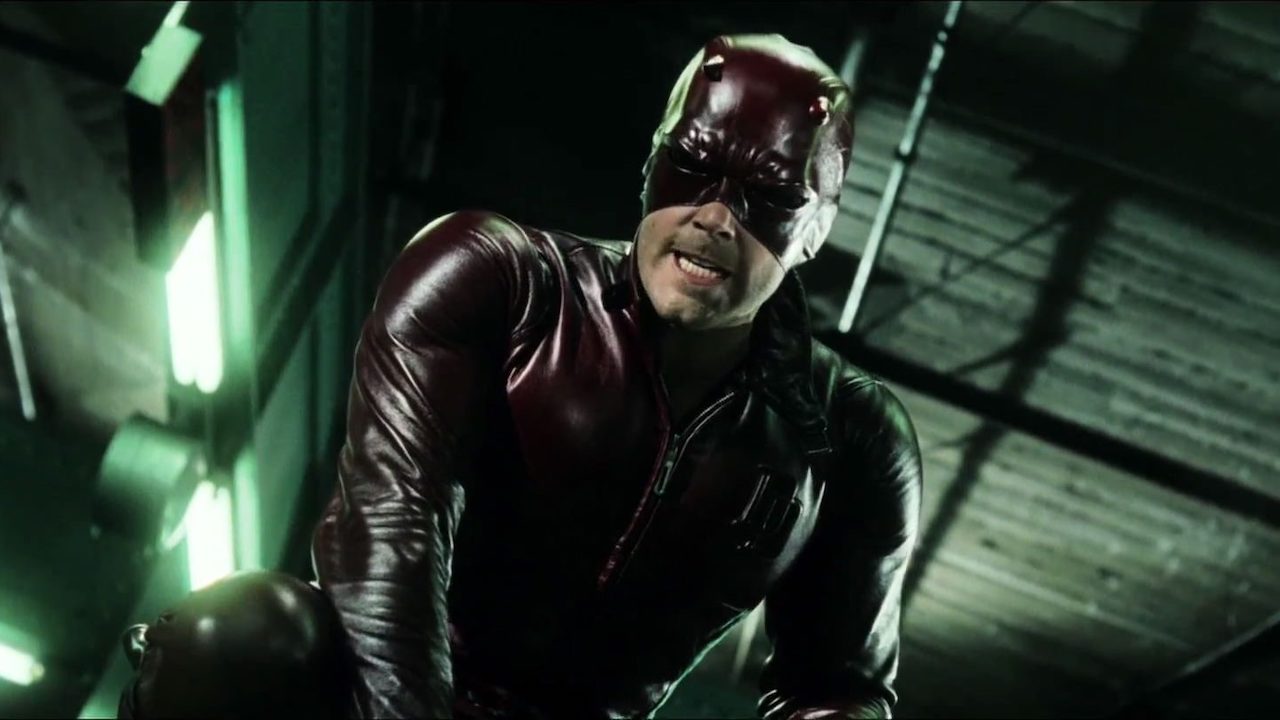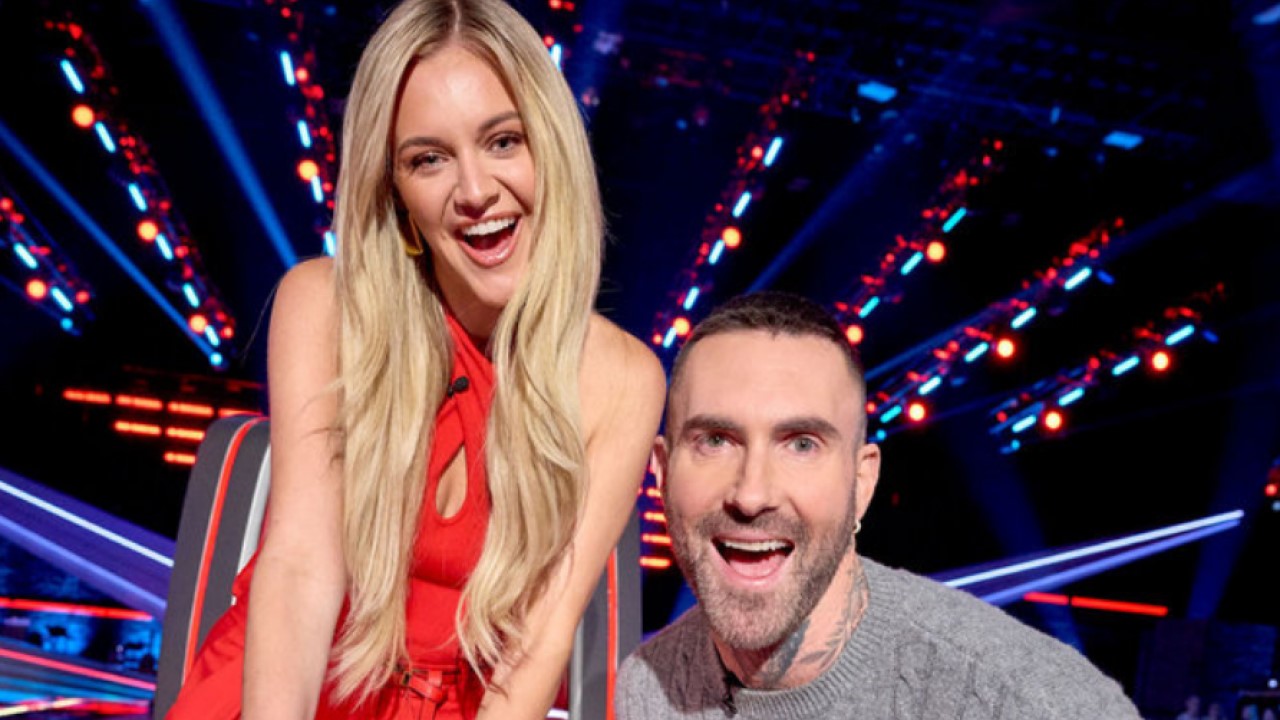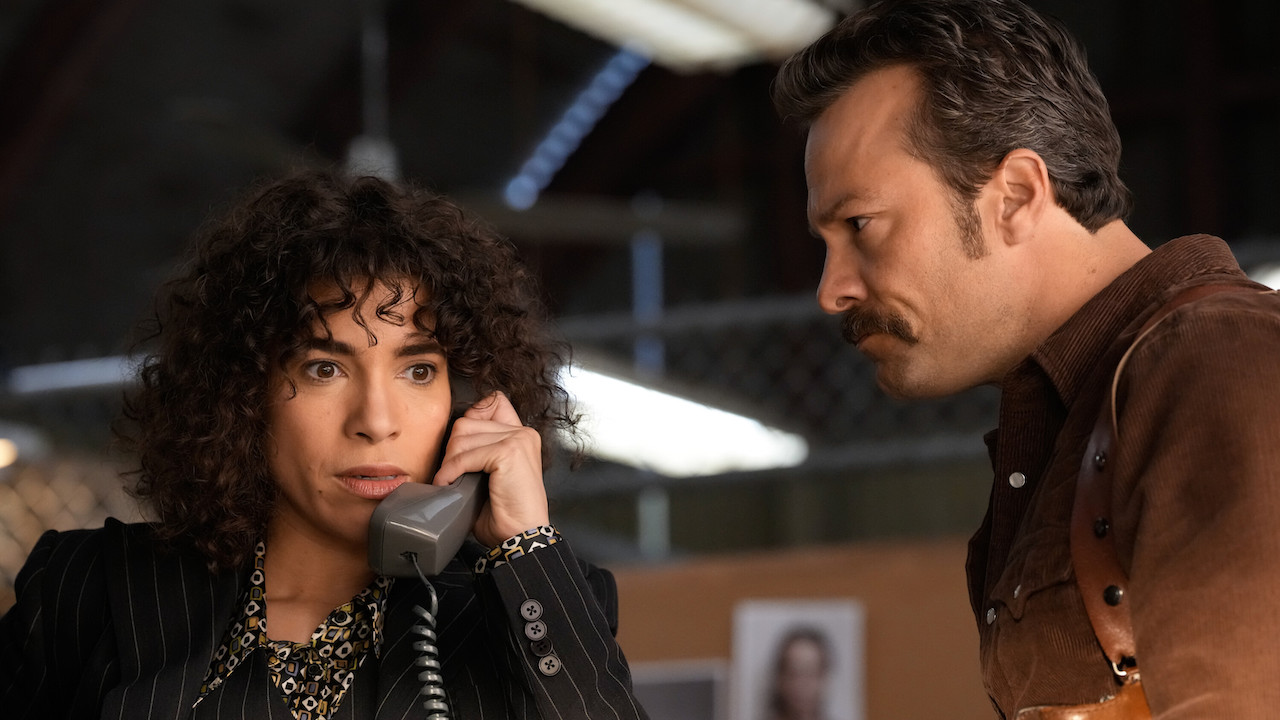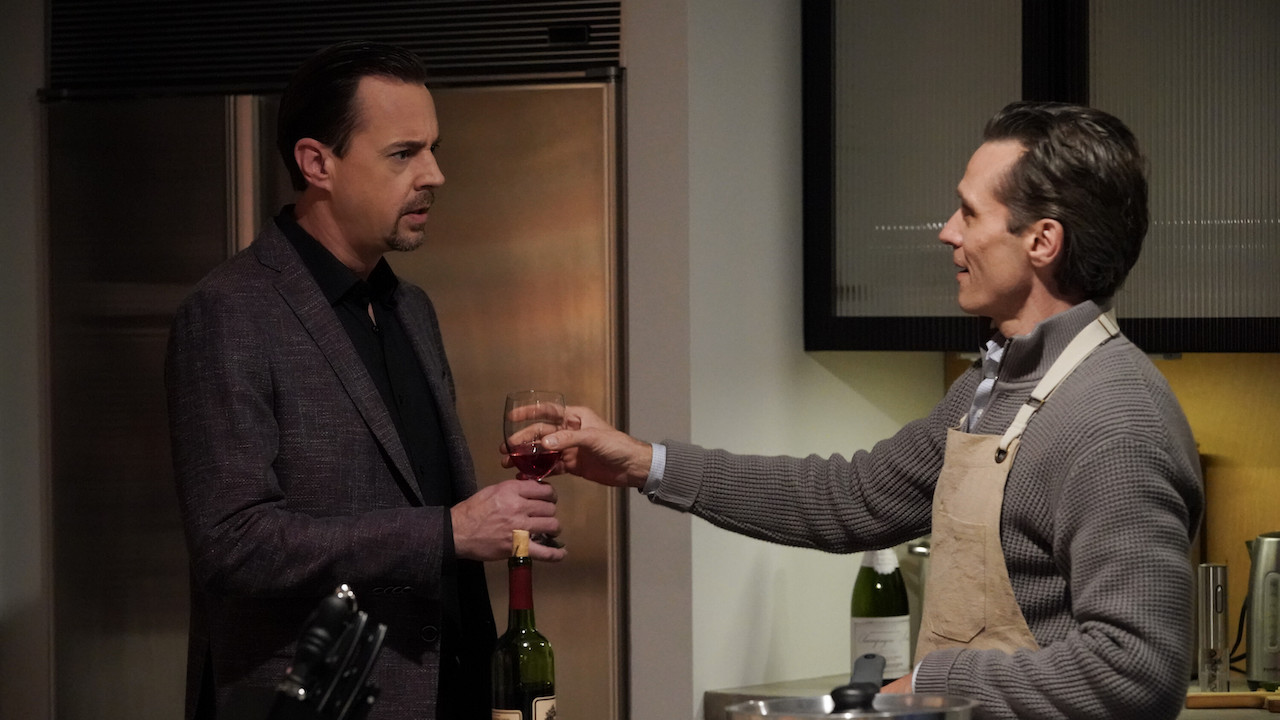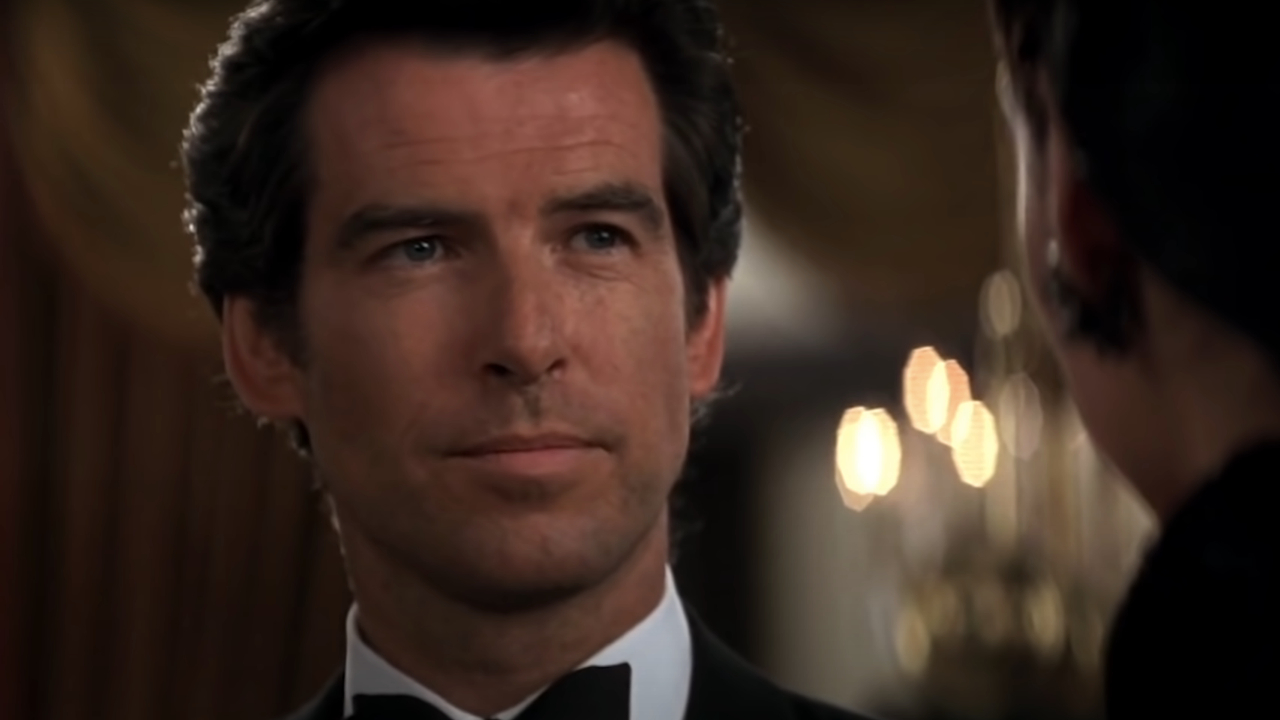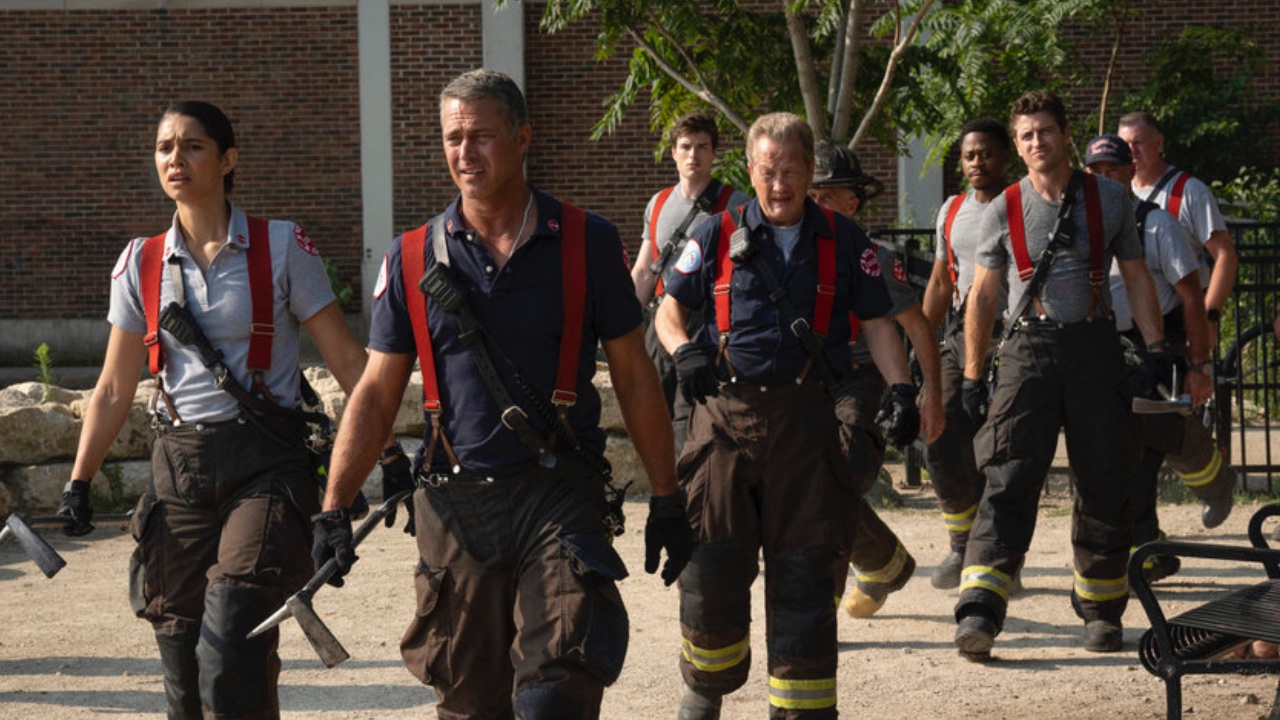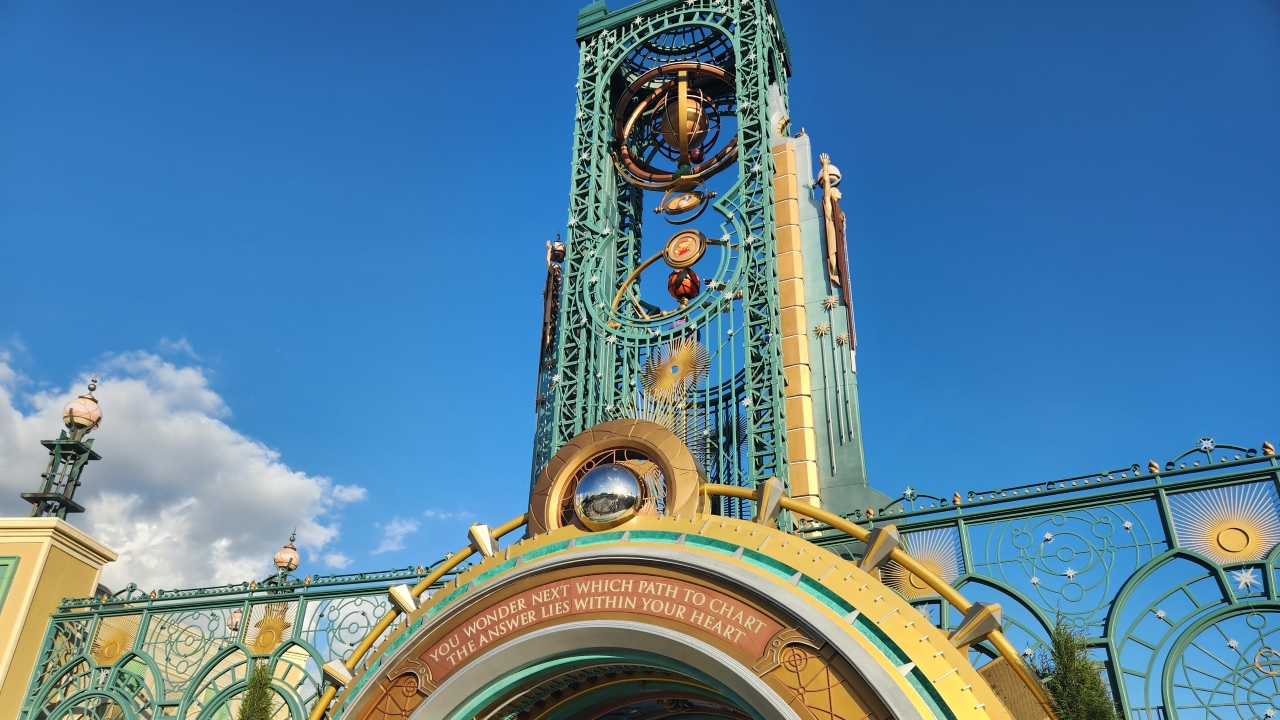5 Things Disney Should Do To Get The Theme Parks Through The Pandemic
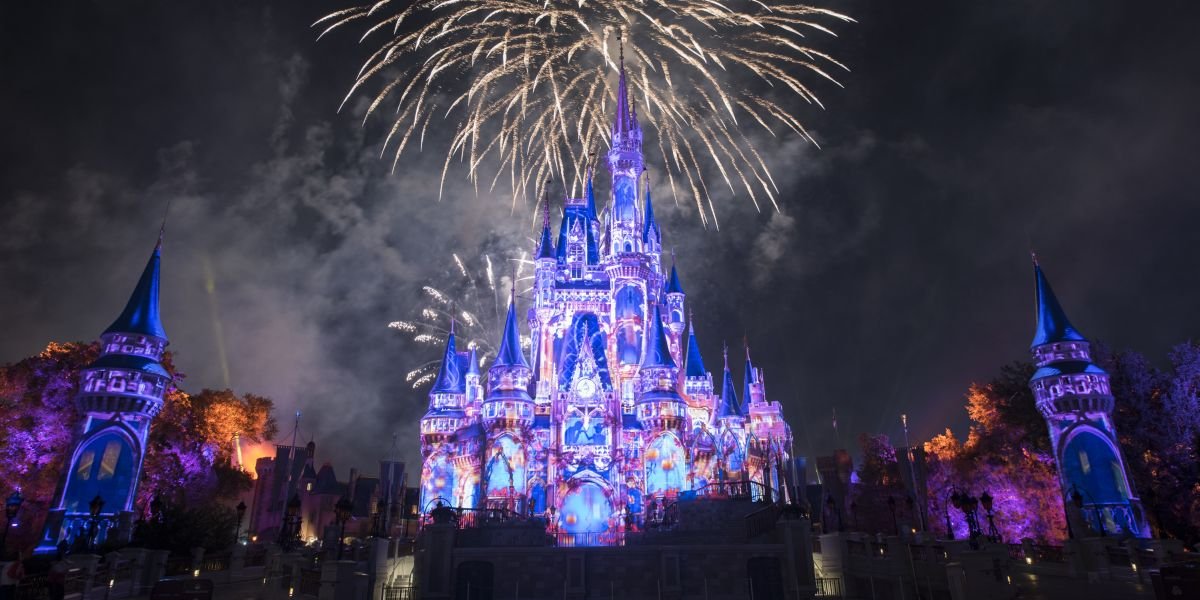
The pandemic has been an absolute disaster for every industry except for food delivery and the makers of ergonomic desk chairs. Hollywood is trying to climb out of all this, seemingly in spite of itself, but virtually every form of entertainment has been hit hard, especially the theme park industry. Disney, Universal and the rest have begun to reopen in the places where they've been allowed to do so, but even where that's been possible, the parks are seeing far fewer guests than ever before, both as a necessary requirement of social distancing and the simple fact that many just aren't ready to venture out into crowds. It's likely going to be years before things are back to normal,, assuming, of course, that what used to be normal is something we ever see again.
The next several months and even years are going to be an important period for the Disney theme parks; quite possibly the most important they've seen since Michael Eisner took over as Disney CEO and completely changed the way the public viewed them. It's going to be a period of struggle as health concerns combined with economic uncertainty will probably leave attendance, and therefore profits, lower than they've been for many years. However, that doesn't mean that steps can't be taken now to mitigate the damage without spending money the Parks division doesn't have.
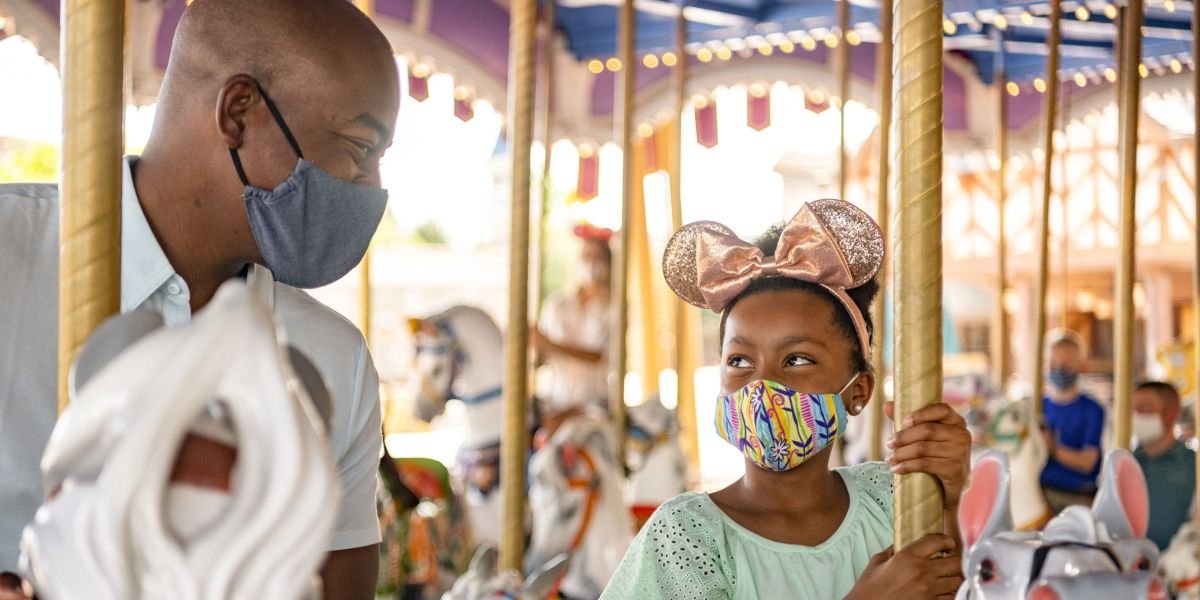
Take It Slow
Disneyland and Walt Disney World never like talking too much on numbers. We don't really know how many people these parks see on an average day, and so we don't know how many are being allowed in now that capacity has been capped much lower. We also don't know what percentage of that number is actually showing up. There's going to be a natural desire by both the parks and the guests to want to get back to normal quickly, But moving too quickly has some pretty obvious negative consequences if things go south, so the parks need to play it safe and take their time.
Disneyland Resort needs to be especially careful. It doesn't have the gift of size that Walt Disney World does, and sees more locals in the park on a normal day than the East Coast park. It needs to take reopening very slowly simply because guests are naturally kept closer together. Keeping crowds artificially low, even more so than may be necessary, will help make the guests that are there feel safe. They'll also likely have a better time, leading to more positive word of mouth from those guests as things expand.
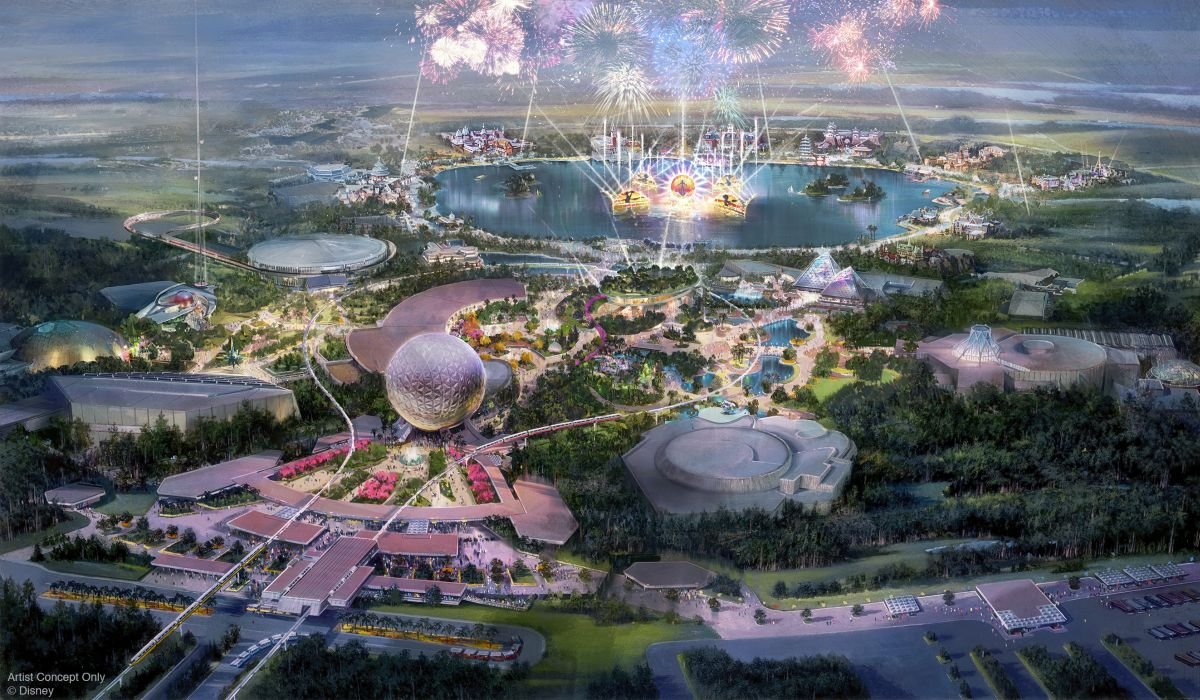
Finish What's Already Started
One of the big questions that was up in the air when the parks closed was what was going to happen with the various construction projects that were either underway or planned, but not started. We know at this point that some things, like the scheduled refurbishment of Spaceship Earth and a planned Mary Poppins attraction at Epcot, have been put on hold. Everything else that was announced as part of the Epcot update appears to be on track, as far as we know, but it's possible we could end up seeing plans change in order to save money.
Making some changes from what was planned in order to save money is inevitable, and that's fine. But hopefully the projects that have already begun, and even those announced, while delayed, should be done to their fullest, rather than finding ways to save money on them that gets them finished, but as a lesser attraction than what was planned. It's certainly true that Disney parks fans can get upset if something new is seen as being done on the cheap, but more importantly than that, whatever gets done now is going to stay that way for years. Better to go ahead and spend the time and money now to make sure the end result is something that not only guests, but the park itself, is happy with. Cancel or change something that hasn't been announced yet. Nobody will know the difference.
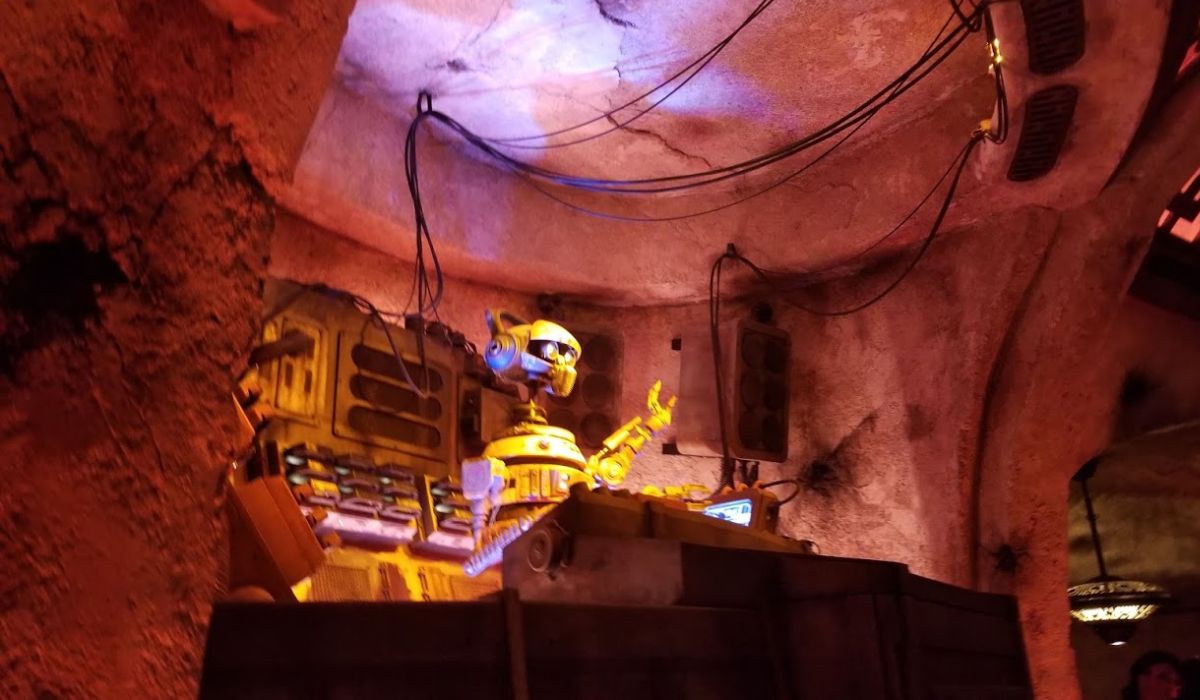
The Parks Still Need New Ideas, They Don't Need To Be Massive
After the current projects are completed, thoughts need to be shifted to the future. New ideas are what keep people coming back to the parks, and that's not going to change. Returning guests are going to be all the more important going forward. However, not every new idea needs to be a massive Tron-themed roller coaster. There's a difference between an attraction that feels cheap and one that is simply inexpensive to produce. You certainlty can't make something like Rise of the Resistance without spending a lot of money, but just as many people, or more, are going to experience the fireworks shows (once they can again), and a new and impressive nighttime spectacular will draw in crowds.
CINEMABLEND NEWSLETTER
Your Daily Blend of Entertainment News
In the same way that it's always cheaper to fix your car than buy a new one, refurbishing, or even redesigning, an existing attraction is going to be easier and cheaper than building a new one; except for maybe Expedition Everest. Maybe the announced redesign of Splash Mountain at both Disneyland and Magic Kingdom should be moved up the schedule, in front of things like the Epcot Mary Poppins Attraction. It's time to think creatively in order to come up with ideas that will be exciting without being expensive.
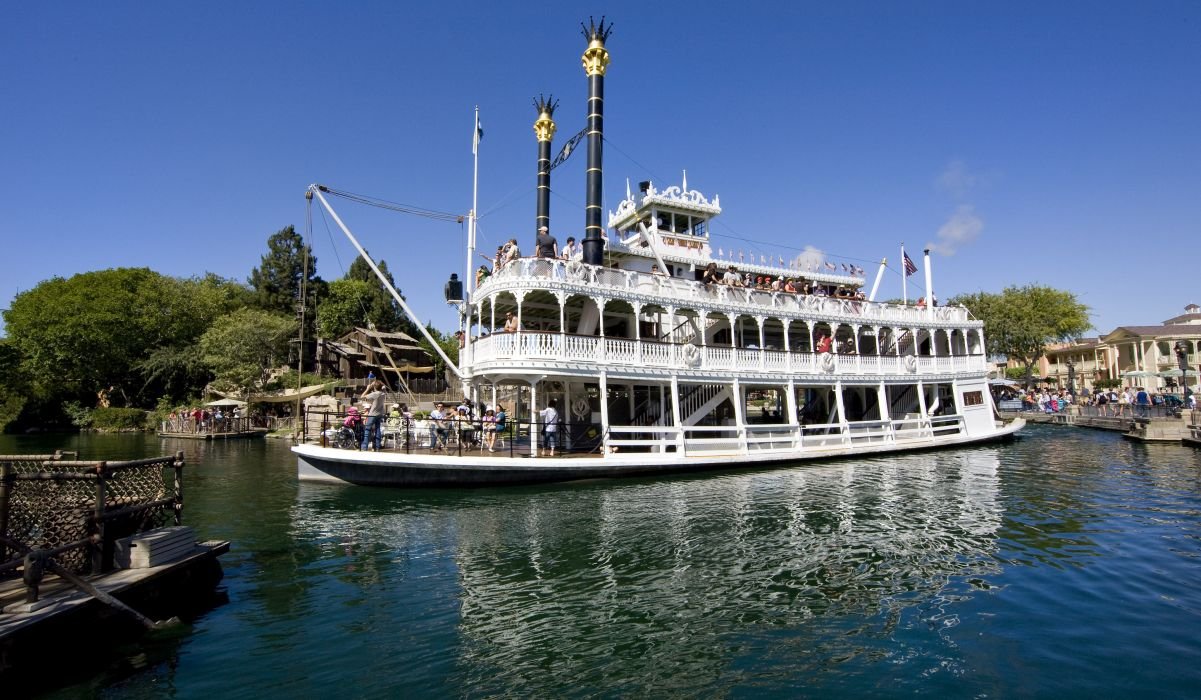
Start Long Term Structural Changes Now
When business is moving along at a good clip and the money is rolling in, it's easy to keep one's eye on the short term. You might actually avoid any significant changes with long term consequences for fear of disrupting the success that you're seeing. Well, the disruption has now happened anyway, so let's take the opportunity to look at the game board and see if there is anything we want to make real changes to.
A lot of people don't like FastPass+ at Walt Disney World, and right now, the system is offline anyway, so there is no better time to consider what a new system would look like and to take the first steps to get it implemented. If the new reservation system for tickets is going to become permanent, and I'm guessing it will, then how can tickets, dining reservations and FastPass, or its replacement, be integrated together in a way that will be simple and easy for guests to use and understand? These are big questions that will require complex solutions, so it's best to start now.
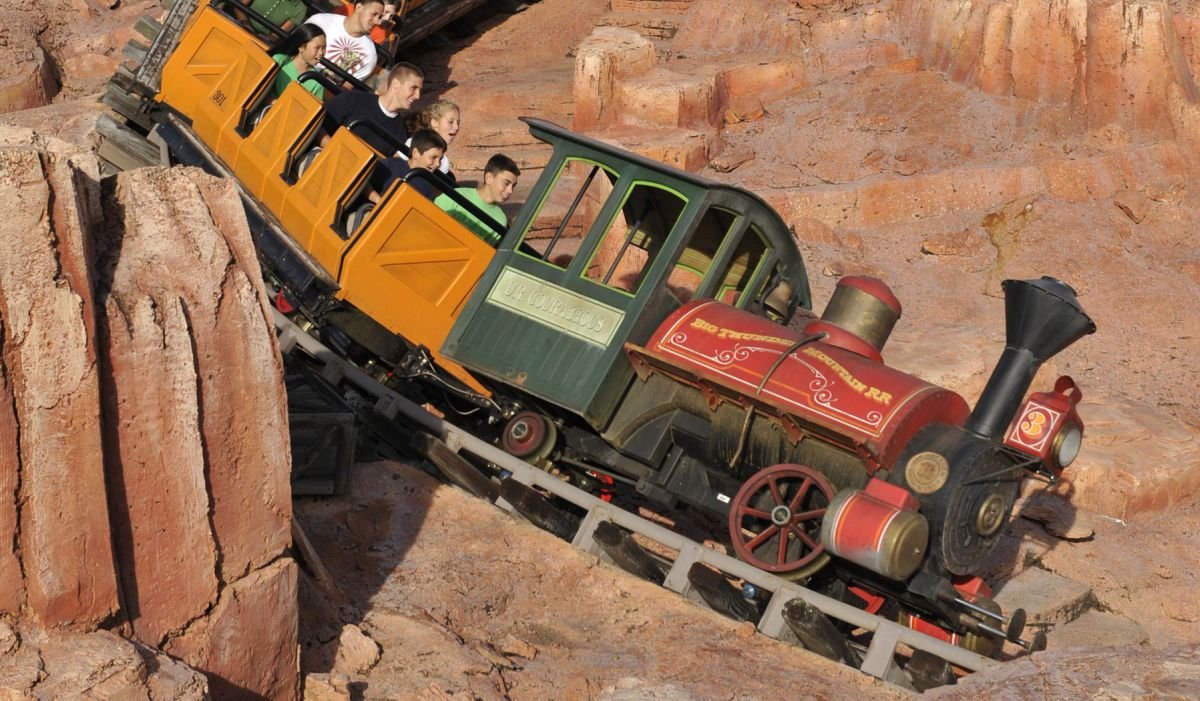
Don't Raise Prices For A While
This one might be tough for Disney because hey, prices have been going up pretty much yearly when the cash was already rolling in, so the urge to give ticket prices a bump to make up for lost revenue elsewhere is an obvious thing to do. But for the people who are dealing with economic hardships for the next few years due to lost jobs, pandemic-related medical expenses or whatever else, a price increase is just going to be disheartening. People go to places like Walt Disney World because they need a break from the world, and learning they need to save that much more to do it is just going to make it that much harder to do.
People already want to visit the theme parks, but they also need to feel like they can afford it. Keeping prices where they currently are, maybe even with a public statement that this will be the case for a period of time, will be positive PR for Disney and may give those guests who might be on the bubble of visiting the confidence boost necessary to get them to commit. They'll buy plenty of food and merchandise, so it's fine.
The next few years will be tough, but Walt Disney World and Disneyland will certainly get through them. People love the parks and that's not going to change, but how quickly everything recovers is certainly a variable. A lot of what the future holds Disney won't be able to control or predict, but if they work to control the things they can in a way that makes people happy and excited, they'll be back as soon as possible.
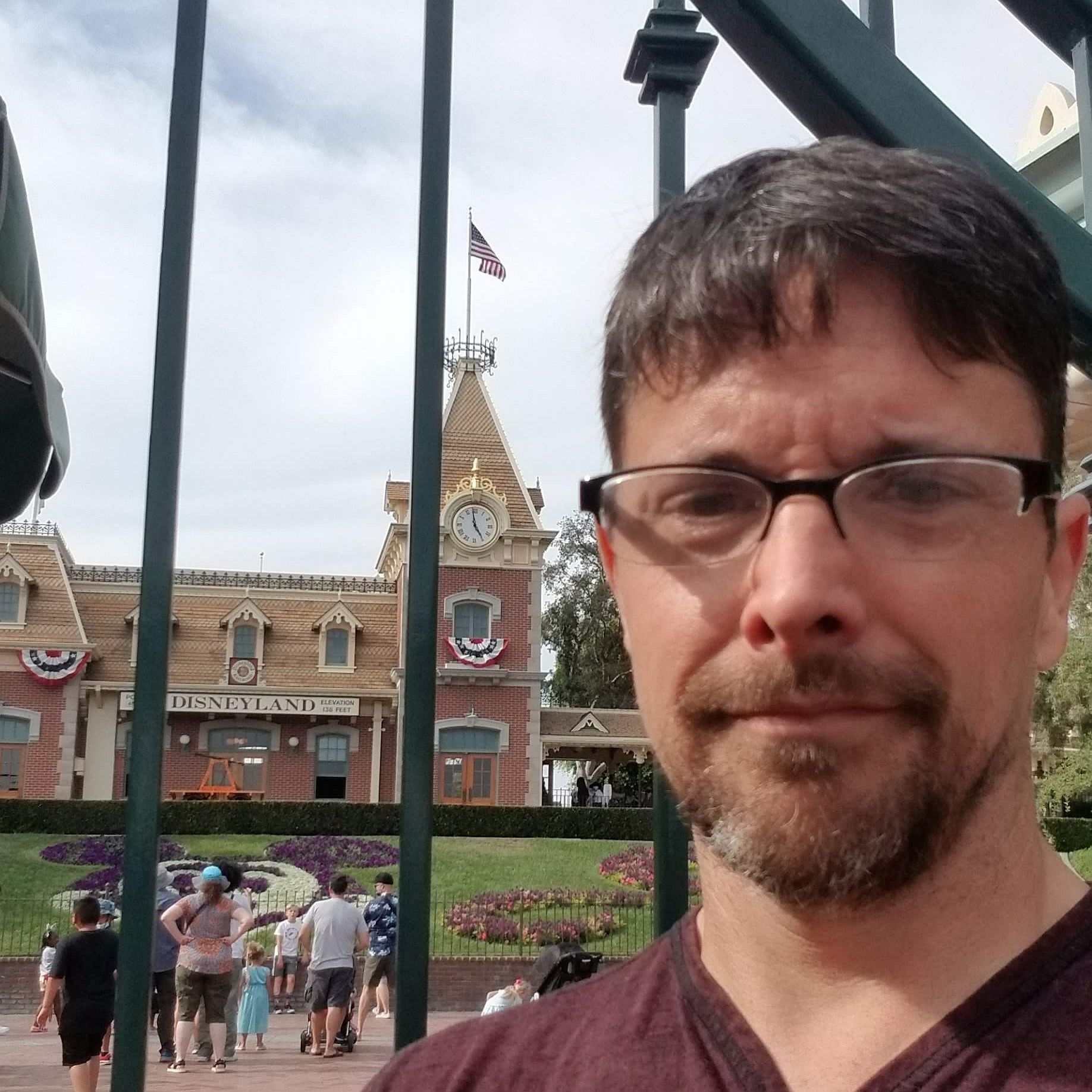
CinemaBlend’s resident theme park junkie and amateur Disney historian, Dirk began writing for CinemaBlend as a freelancer in 2015 before joining the site full-time in 2018. He has previously held positions as a Staff Writer and Games Editor, but has more recently transformed his true passion into his job as the head of the site's Theme Park section. He has previously done freelance work for various gaming and technology sites. Prior to starting his second career as a writer he worked for 12 years in sales for various companies within the consumer electronics industry. He has a degree in political science from the University of California, Davis. Is an armchair Imagineer, Epcot Stan, Future Club 33 Member.
